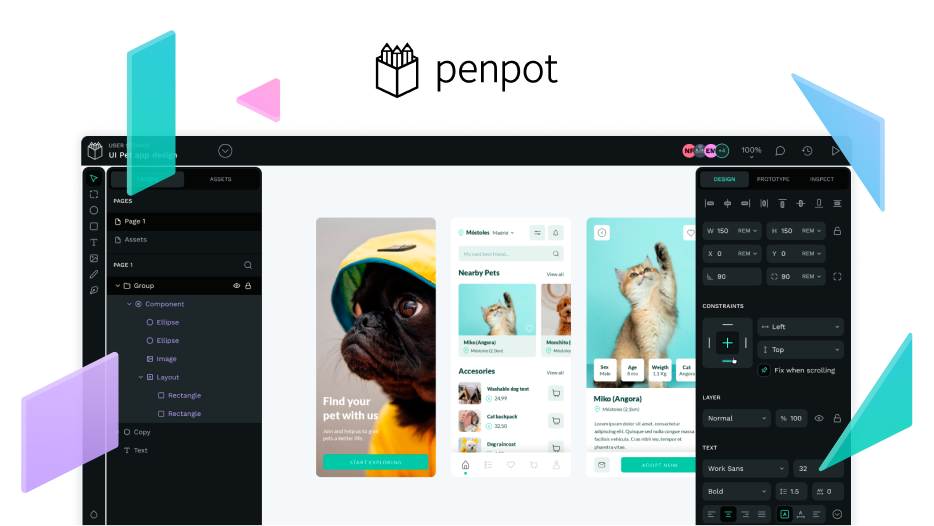Free & open source can be more or less successful in bringing together people around a mission but you need to make sure you’re honest about your motivations, your goal and how to give voice to users and potential contributors. We’re asking you to give us examples of good or “not so good” communities, so read on to see where are we coming from with this request.
It’s true that a healthy and vibrant community (Blender or Python come to mind) requires a tremendous effort from the core team but 1) it’s the right thing to do and 2) it sometimes pays off. Think of it as a game theory challenge where you go the altruistic route and it ends up working for (almost) everyone. “I give away 1 and I receive 99 in return, bliss!”
These Communities go with a capital c. They are inclusive, accessible and diverse. They bring distributed innovation, co-ownership and reach. They provide you with a virtuous tailwind that allows the project to fulfill its promise.
I’ve been either a founding member or an active participant in more than a dozen of such Communities (not only tech ones) for the past 20 years and the most exciting and successful ones share those attributes. Actually, I’ve come to realize that we shaped Kaleidos mirroring such model.
Unfortunately, for the past decade I’ve had the feeling that it has been increasingly difficult to stand out among other new communities. Particularly the ones that we would have called just “users” or “customers” in the past. There is a ton of research around this from a sociological, psychological or even economical perspective but I’d like to share two relevant contributing factors to this low signal/noise ratio.
-
Free & Open source != a great Community. If we’re speaking of honesty, let’s be honest, many open source communities are not that welcoming or exciting. It’s a waste of potential and yet it happens a lot.
-
Closed sourced software can take shortcuts towards building these communities by pouring ridiculous amount of money. This can make people perceive they’re entitled to steer the future of the product or the company, even if there’s actually not much that they can do, except generate content and support for free.
I have to admit I don’t think we need perfectly pure communities everywhere for everything. At the same time I hear myself saying “I told you so” too often these days. Sometimes it’s the vendor lock-in that kicks in or perhaps an aggressive pricing change that took place. But also more fundamental (and subtle) issues around your privacy or the effective power of your social group.
At Penpot we have quite a challenge ahead and we would love to ask for your input and help. We don’t want to follow the useless and irrelevant community path. In your opinion, what are the most inspiring communities that were able to bridge the gap between two apparently distinct user types? Also, what are the worst examples you can come up with that could serve as cautionary tales?
We ask this because in little more than a year we’ve come from releasing our cute little alpha product to having tens of thousands of active designers and developers using Penpot for their daily work. It might seem a tiny fraction to you but it means the world to us.
We have some experience with our first publicly released open source product, Taiga, but this is new territory. We hope both designers and developers will agree to build this alliance around an open source design and prototyping platform that a) (really) welcomes developers and b) gives designers what they need.
Pablo
PS: some relevant links are Contributing and kaleidos.net as well as GitHub - penpot/penpot: Penpot - The Open-Source design & prototyping platform
